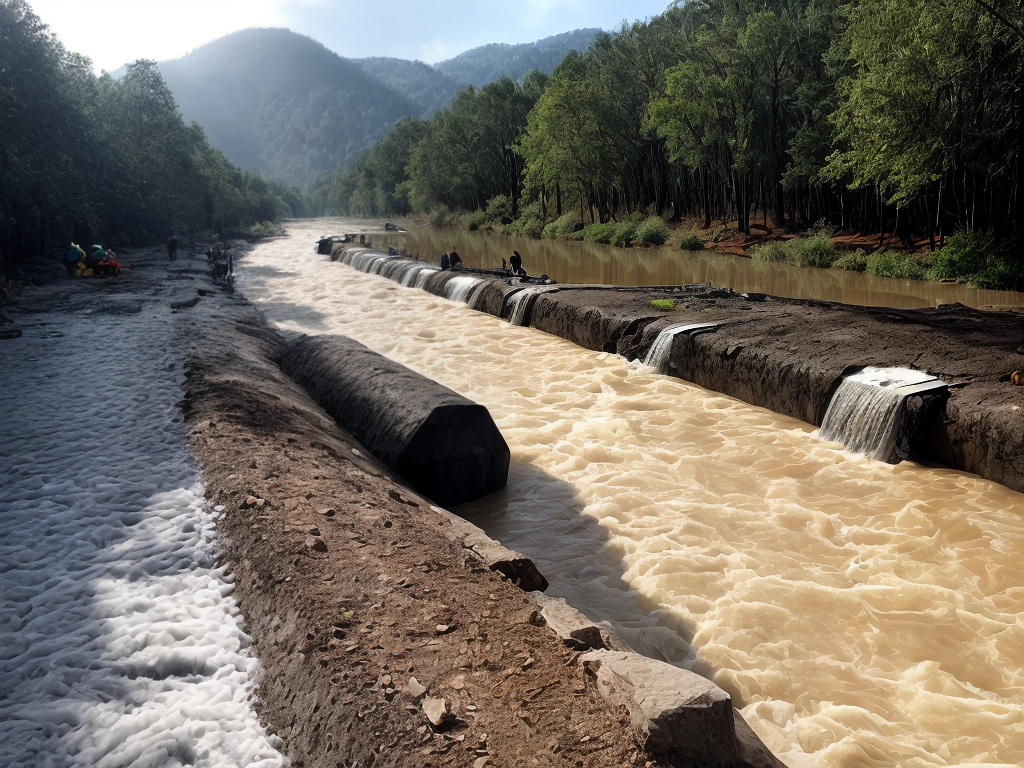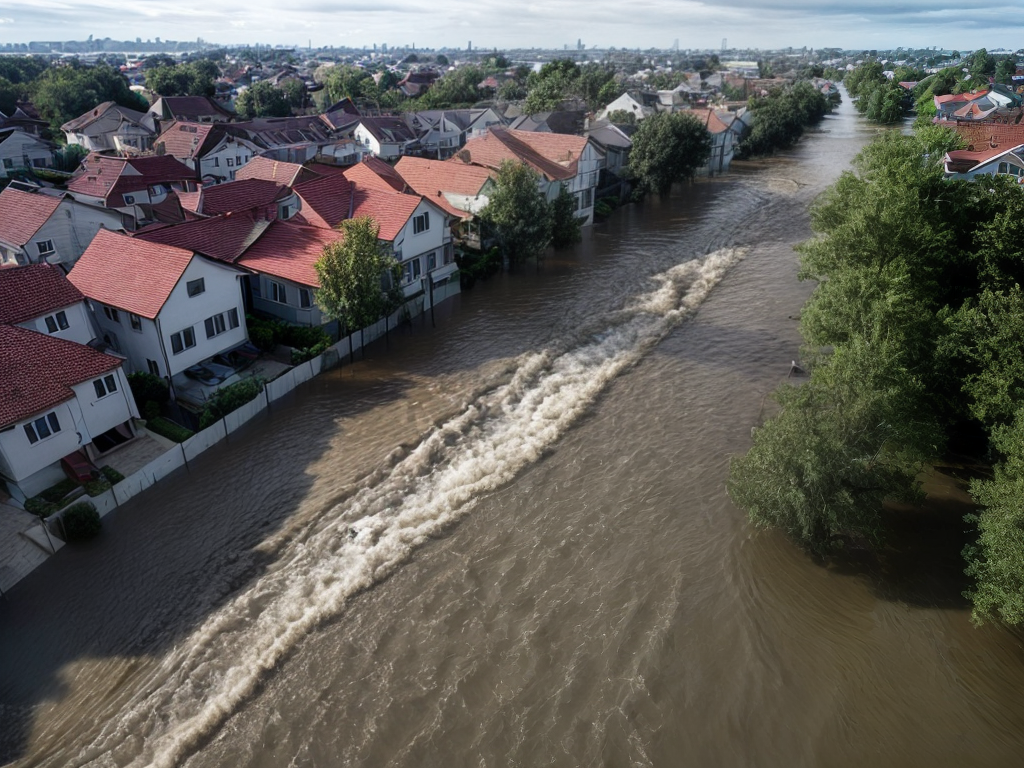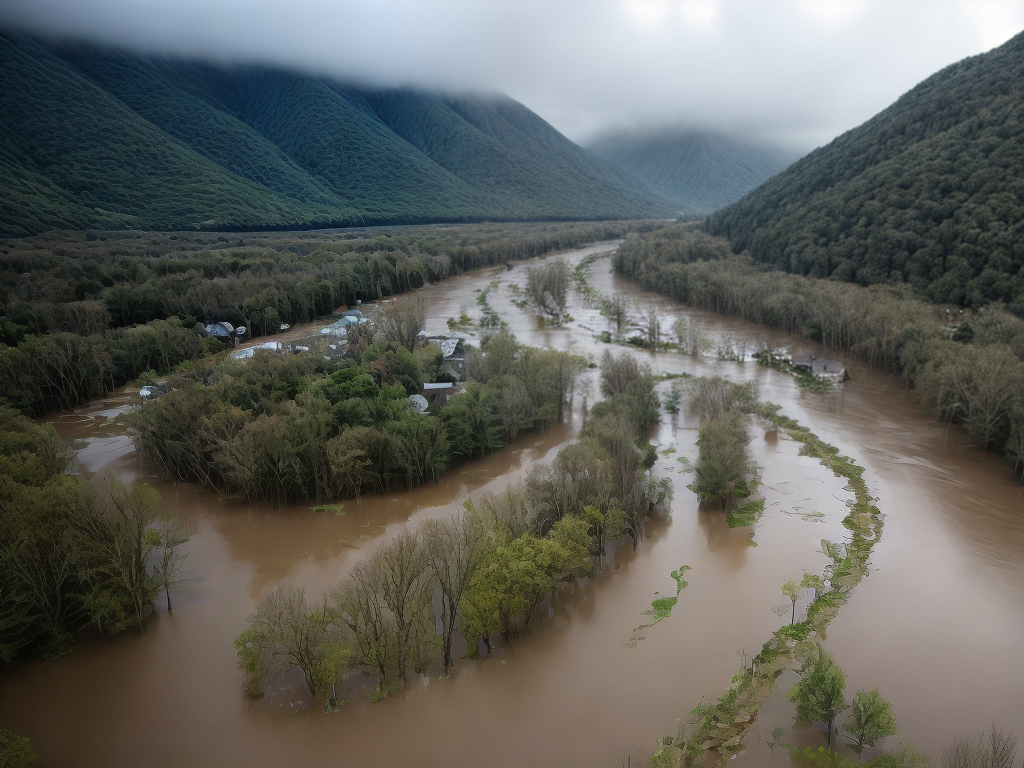
Flash floods are a natural disaster that can cause significant damage to both property and human lives. Traditional early warning systems have proven to be insufficient in providing timely and accurate alerts to communities at risk. However, with the advent of artificial intelligence (AI) technology, a new era of early warning systems has emerged, capable of revolutionizing the way we approach and mitigate the impact of flash floods. In this article, we will explore the game-changing potential of AI-powered early warning systems for flash floods and how they can help save lives and protect communities.
Understanding the Threat of Flash Floods
Before delving into the role of AI in early warning systems, it is crucial to understand the nature of flash floods and the risks they pose. Flash floods occur when there is a sudden and intense downpour of rain, overwhelming drainage systems and causing rapid and dangerous flooding. These floods can strike with little to no warning, making them particularly hazardous.
Flash floods are responsible for numerous fatalities and extensive property damage worldwide. The need for accurate and timely warning systems to mitigate the impact of flash floods cannot be overstated.
The Limitations of Traditional Early Warning Systems
Traditional early warning systems for flash floods rely on meteorological data, river gauges, and historical patterns to predict and issue alerts. While these systems provide some level of warning, they have several limitations that hinder their effectiveness.
Firstly, traditional systems often suffer from a lack of real-time data and limited coverage. They rely on sparse networks of sensors and gauges, making it challenging to accurately monitor and predict flash floods in all areas. This limited coverage leaves many communities vulnerable to the devastating effects of flash floods.
Secondly, traditional early warning systems struggle to accurately forecast flash floods due to their reliance on historical patterns. Flash floods are characterized by their unpredictability and sudden onset, making it difficult to predict their occurrence solely based on historical data.
Lastly, traditional systems often suffer from delays in issuing alerts. This delay can be attributed to the time it takes to collect and analyze data, as well as the manual process involved in issuing warnings. These delays can significantly impact the effectiveness of early warning systems, leaving little time for communities to evacuate or take necessary precautions.
The Role of AI in Early Warning Systems
AI-powered early warning systems leverage the capabilities of machine learning and data analytics to overcome the limitations of traditional systems. By analyzing vast amounts of real-time data from various sources, AI algorithms can detect patterns and anomalies that indicate the potential for flash floods.
One of the key advantages of AI-powered systems is their ability to integrate multiple data sources. These systems can gather data from weather stations, satellite imagery, social media, and even IoT devices, providing a comprehensive and up-to-date view of the situation. This integration of diverse data sources allows for a more accurate and timely assessment of flash flood risks.
Furthermore, AI algorithms can continuously learn and adapt from new data, improving their prediction accuracy over time. This adaptability enables early warning systems to respond to changing weather patterns and evolving flood conditions, ensuring that alerts are issued promptly and reliably.
The Benefits of AI-Powered Early Warning Systems
The implementation of AI-powered early warning systems brings forth numerous benefits that can significantly impact the effectiveness of flash flood mitigation efforts.
Firstly, the integration of real-time data from various sources allows for a more comprehensive understanding of the flash flood threat. By analyzing meteorological data, river levels, soil moisture, and social media posts, AI algorithms can provide a holistic view of the situation, enhancing the accuracy of predictions.
Secondly, AI algorithms can detect and analyze patterns that humans may overlook. This ability to uncover hidden correlations and anomalies enables early warning systems to issue alerts even in situations that may not align with traditional forecasting methods.
Thirdly, the use of AI can significantly reduce the time it takes to issue warnings. By automating the data collection and analysis process, alerts can be issued in near real-time, giving communities more time to prepare and respond appropriately.
Lastly, AI-powered early warning systems enable proactive measures to be taken to mitigate the impact of flash floods. By providing accurate and timely alerts, communities can evacuate, activate emergency response plans, and implement preventive measures, such as sandbagging or deploying flood barriers.
Overcoming Challenges and Ensuring Accessibility
While AI-powered early warning systems hold immense potential, there are challenges that need to be addressed to ensure their widespread adoption and effectiveness.
One challenge is the need for robust and reliable data infrastructure. AI algorithms rely on large amounts of data to make accurate predictions. Therefore, it is essential to have a well-established network of sensors, weather stations, and data collection systems to provide the necessary data inputs.
Additionally, the accessibility of early warning systems must be ensured. It is crucial to make these systems user-friendly and accessible to communities at risk, regardless of their technological literacy. This can be achieved through the development of user-friendly interfaces, mobile applications, and public awareness campaigns.
Conclusion
AI-powered early warning systems have the potential to be a game changer in the field of flash flood mitigation. By leveraging the capabilities of AI and machine learning, these systems can provide accurate and timely alerts to communities at risk, helping save lives and protect property. The integration of diverse data sources, real-time analysis, and adaptive algorithms enable early warning systems to overcome the limitations of traditional approaches and provide a more comprehensive and effective response to flash flood threats. As technology continues to advance, the potential of AI-powered early warning systems will only grow, ushering in a new era of resilience and disaster management.















